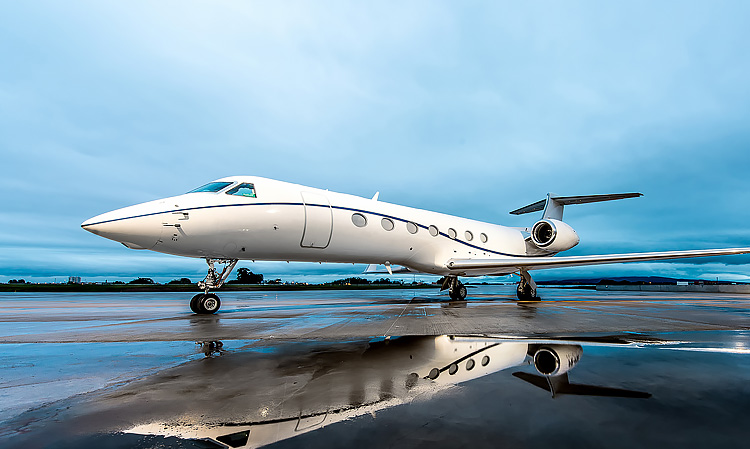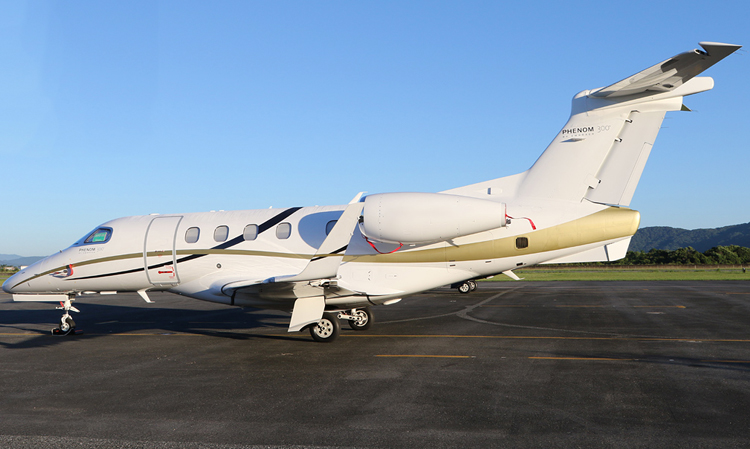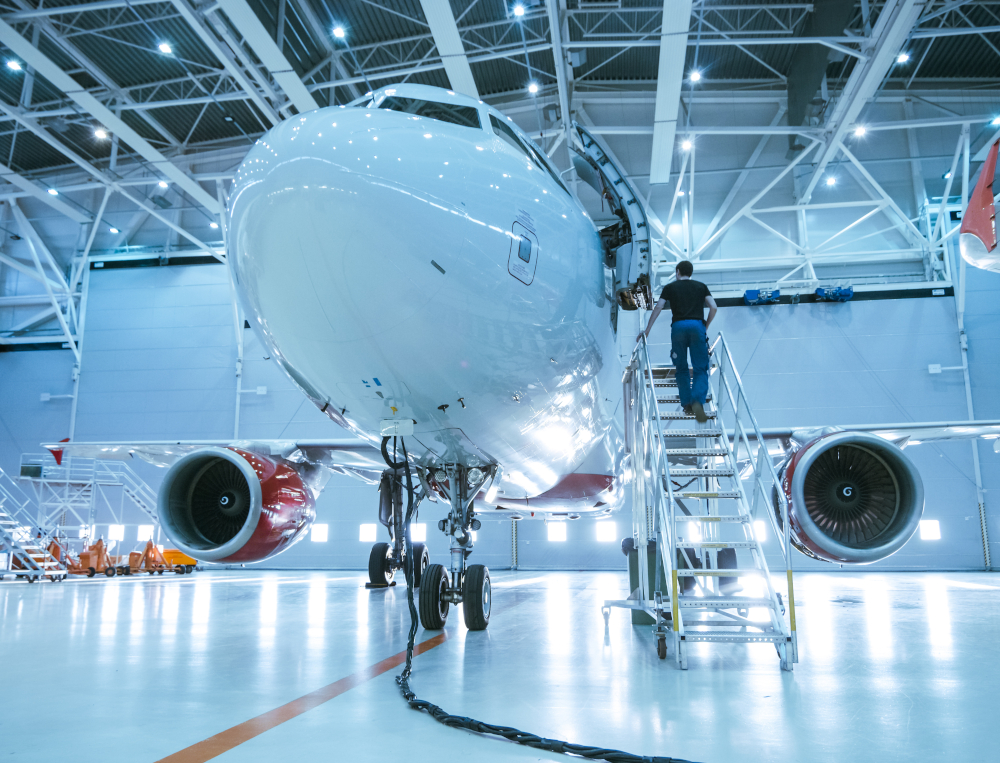Switch to:
 EN
EN  Português (PT)
Português (PT)  Español (ES)
Español (ES)
Being used to flying in air taxi aircraft and owning a jet are completely different things. It may seem that there are many similarities between the two modalities but the truth is that, between regulations and practices, the discrepancies are quite evident in these two faces of business aviation.
The National Civil Aviation Agency (ANAC), which is the government agency that regulates the industry in Brazil, publishes information on its website with the main differences in requirements between the two modalities.
Regulations
Following the guidelines of the Agency, private aircraft (whether planes or helicopters) must fly under the Brazilian Civil Aviation Regulation (RBAC) No. 91, which deals with “any civil aircraft within Brazil, including territorial waters”. Private jets under the time-sharing regime were later included in the regulation with RBAC No. 91 K.
It is possible that an aircraft that is not approved for air taxi will be hired for private functions. This exception occurs when the individual or company that owns the equipment agrees on a long-term lease, with operations for the same tenant.
However, to be able to truly transport third parties and charge for the service, companies need to adapt to even more rules. In addition to RBAC No. 91, air taxi operators must follow RBAC No. 135, which addresses “complementary and on-demand operations” and also provides services such as shared flights.
ANAC’s RBACs also deal with specialized air services (SAE). These include aero-agricultural activities, cargo, and image capture among others – it is worth noting that SAE companies are not authorized to transport passengers.
Safety, experience and maintenance
It is in the differentiation between regulations that ANAC determines more restrictive measures for the operation of public transport, ranging from training professionals to aircraft maintenance.
ANAC does not stipulate differences between the maintenance of private aircraft or air taxi. For the Agency, any and all equipment in operation must undergo maintenance “scheduled or not, carried out according to the manufacturer’s program, with suitable tools and facilities and suitable mechanics”.
The difference is in the rigor of this maintenance. Without the obligation to go beyond the minimum stipulated, it is the owner who ends up defining when and how this maintenance will be carried out. Air taxi companies, on the other hand, have a much more rigid agenda, with annual evaluations, 100-hour inspection, and propeller checking, for example, accompanied by a team responsible for the maintenance management of the equipment.
In addition to following international parameters for the correct maintenance of aircraft and requiring specific certificates for whatever type of operation carried out, ANAC also mandates employers, whether air taxi companies or owners, ensure their teams are properly trained and evaluated.
In the case of pilots, the difference already appears in the medical evaluation, which is annual for pilots of air taxi and quinquennial when operating in private aviation. The training of these commanders is also constantly evaluated, but in air taxi, this control must be carried out at least 3 times a year – with an annual or biennial evaluation in the private market.
The experience of those behind the stick would not be left out. Pilots of air taxi companies must have at least 500 hours in flight, while in private aviation the minimum is 40 hours (in this case they can only carry out their own transport, family, or friends). On the private side of the market, the pilot may also be responsible for flight coordination, maintenance, and safety — functions that, in air taxis, are performed by specialized professionals with a unique function.
Identification
Even with all this information about the prerequisites for an airplane to operate in an air taxi, the customer can ensure that the aircraft he / she is about to board is under the regulations dealt with herein. The answer is in the painting of the plane.
In Brazil, ANAC requires companies to print the word “air taxi” next to the aircraft’s entrance door, in ink or with stickers. For an even more rigorous check, customers can download the “Voe Seguro – Pirate Air Taxi Consultation” application from ANAC, which allows checking companies and registration of specific aircraft.

Each country has its own way of identifying planes authorized to carry out commercial operations. In Mexico, for example, such aircraft have number plates with prefixes beginning with “XA”, while private aircraft use the prefix “XB”.



